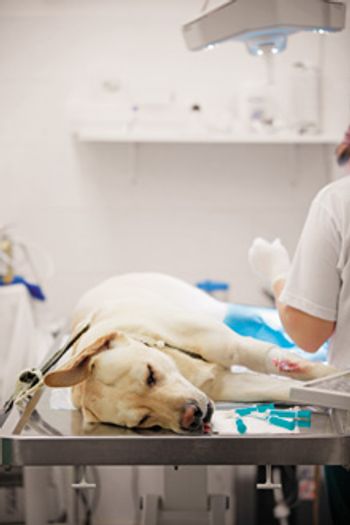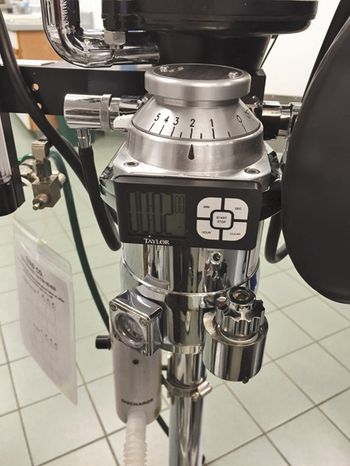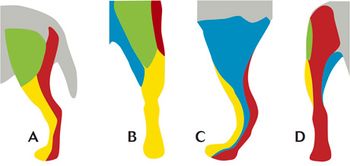
Life-saving measures indeed since more than 50% of the complications with anesthesia occur while the patient is recovering.

Life-saving measures indeed since more than 50% of the complications with anesthesia occur while the patient is recovering.

Is the shadow of pain haunting pets at your veterinary practice? Shine a light on pain management to help dispel pets' fear.
![veterinary_Muffin-and-Dr-Ann[2][4]_450px.jpg](https://cdn.sanity.io/images/0vv8moc6/dvm360/9499daf6a44810db39b780d15e081f2ce810eef7-450x343.jpg?w=350&fit=crop&auto=format)
Adopting acupuncture appeals to more clients and gives practices another tool in the toolbox.

Dr. Mike Petty says acupuncture can be a successful alternative to conventional Western medicine and bring in new clients.

IVAPM looks to help pet owners recognize animal pain and seek veterinary care.

The latest guidelines from AAHA and AAFP apply advances in research to clinical practice.

We should reach for drugs early and often in the Fear-Free approach to veterinary practice.

Poorly managed pain, whether before, during, or after anesthesia, can have a number of harmful consequences.


Regional nerve blocks as part of a total multi modal approach to pain management for the dental patient.

Pain management in veterinary patients has come a long way.

Canine, feline guidelines from AAHA, AAFP emphasize team members role in pain prevention, assessment and treatment.

By recognizing physiologic, physical, and behavioral signs of pain and employing a consistent pain scoring system, veterinary teams can improve their assessment of cats in need of analgesic therapy. And by administering FDA-approved analgesic drugs in multimodal protocols, veterinarians can provide effective pain relief for their feline patients.

Biologic therapy to treat canine osteoarthritis currently undergoing field trials.

Make anesthetic episodes safer with this reader tip.

Presented by: Sheilah A. Robertson, BVMS, PhD, DACVAA,DECVAA, DACAW, DECAWBM (WSEL)

Find out in which situations these analgesics are most effective.

Does this analgesic play a role in pain management in cats after all?

Often even routine medical procedures on large carnivores require that the animal be anesthetized. Here, Ryan DeVoe, DVM, MSpVM, DACZM, DABVP, clinical veterinarian with Disneys Animal Kingdom, tells a tale of his staff staying chilled out while attending to a polar bear.

Expand your analgesic arsenal for hindlimb procedures with these two new techniques.

Veterinary anesthesiologist Dr. Ann Weil provides five important pointers on anesthetizing cats and dogs.

This article provides an overview of the analgesic effects of buprenorphine in cats.

Dr. Ilona Rodan gives pointers to identify subtle signs of pain in cats in the hospital-and at home.Recognizing pain and providing needed analgesia have allowed enhanced quality of patient care and improved comfort for our feline patients. But cats don't show signs of pain as other species do-and that makes it more difficult to recognize and assess. Instead, we have to look to changes in an individual cat's behavior to identify pain in the cat.

Dr. Ilona Rodan discusses some of the most common medical conditions and veterinary procedures that can trigger a painful response in feline patients.

Dr. Stephen Divers discusses anesthesia in chelonians using a drug that is on its way to being approved for use in the United States.